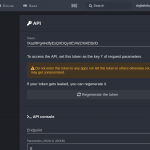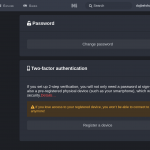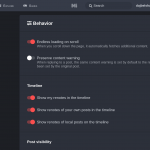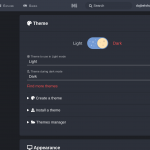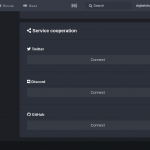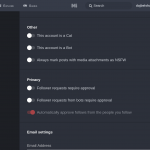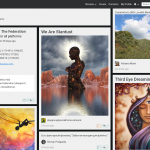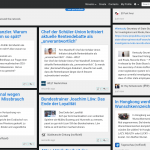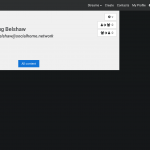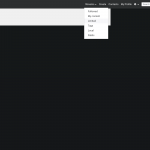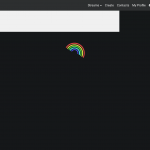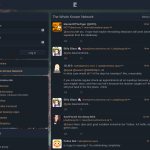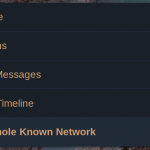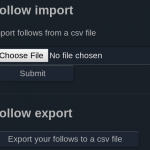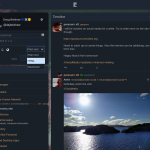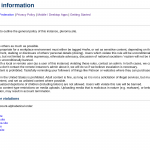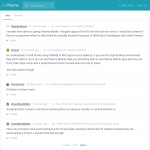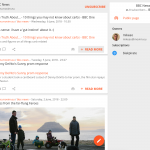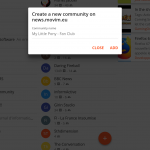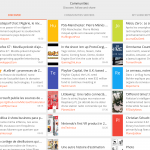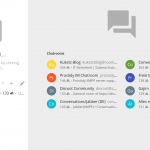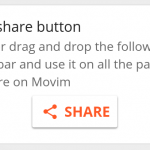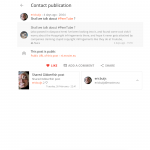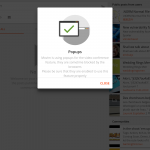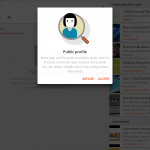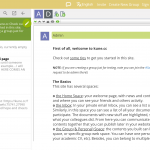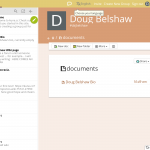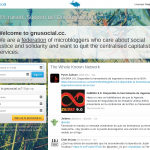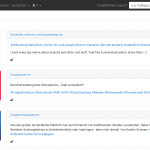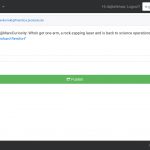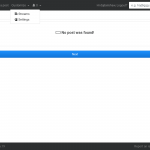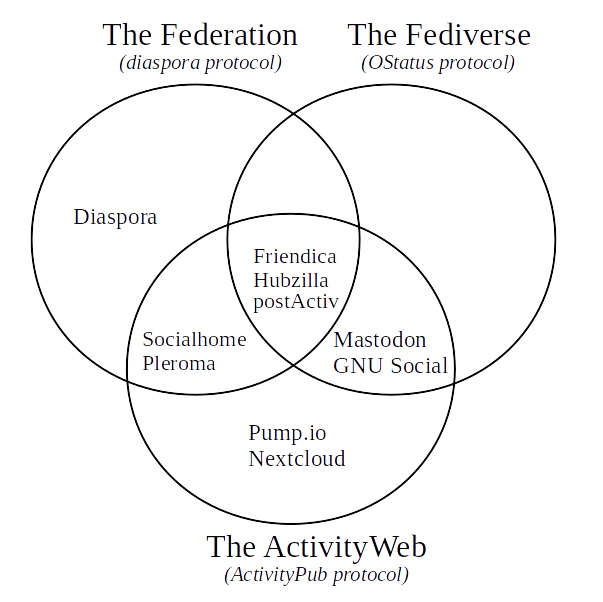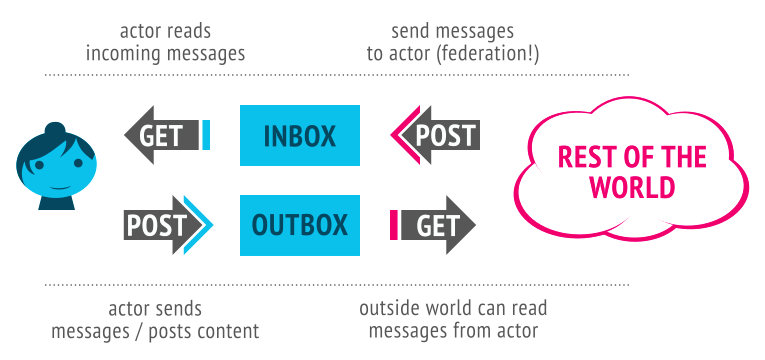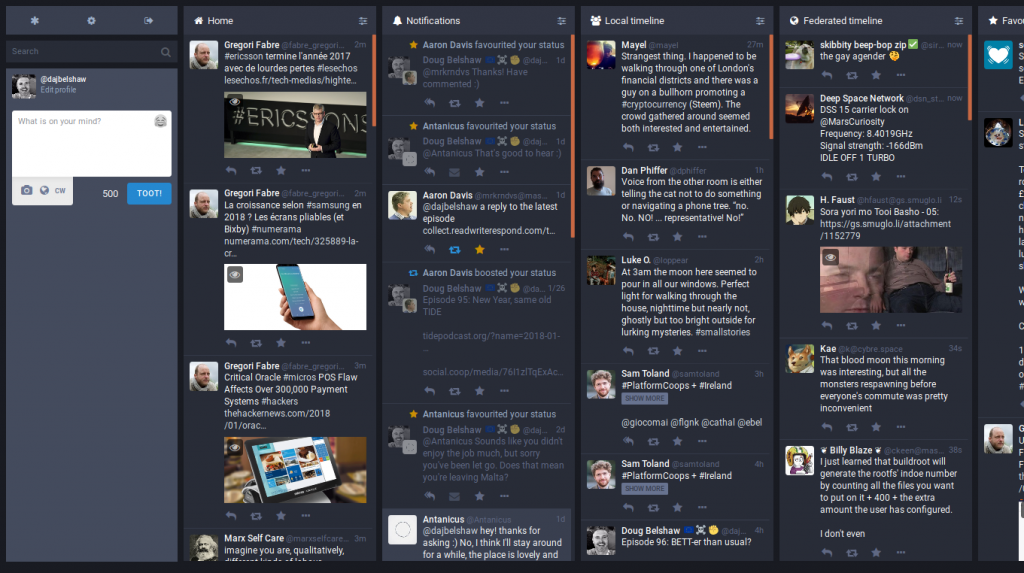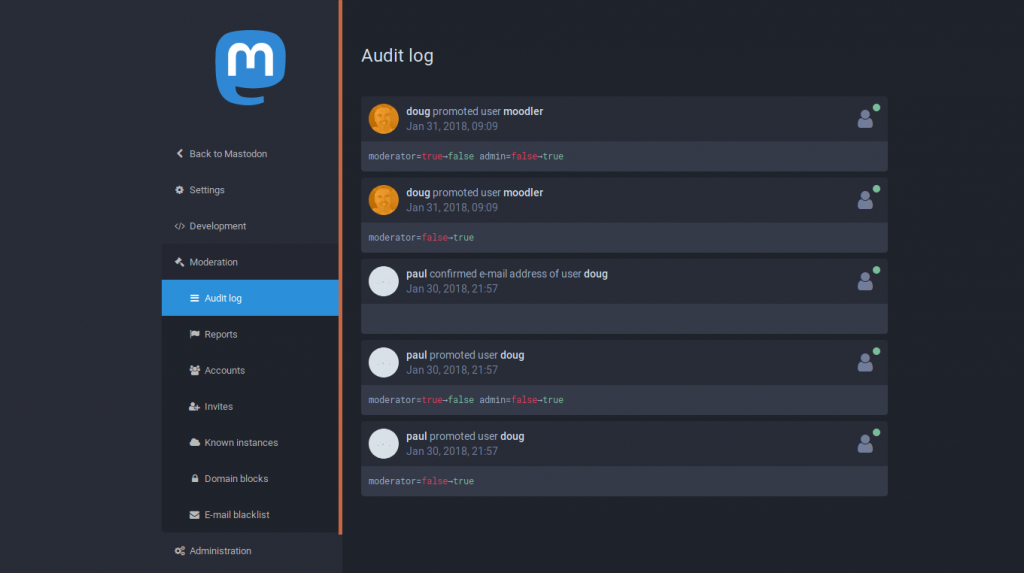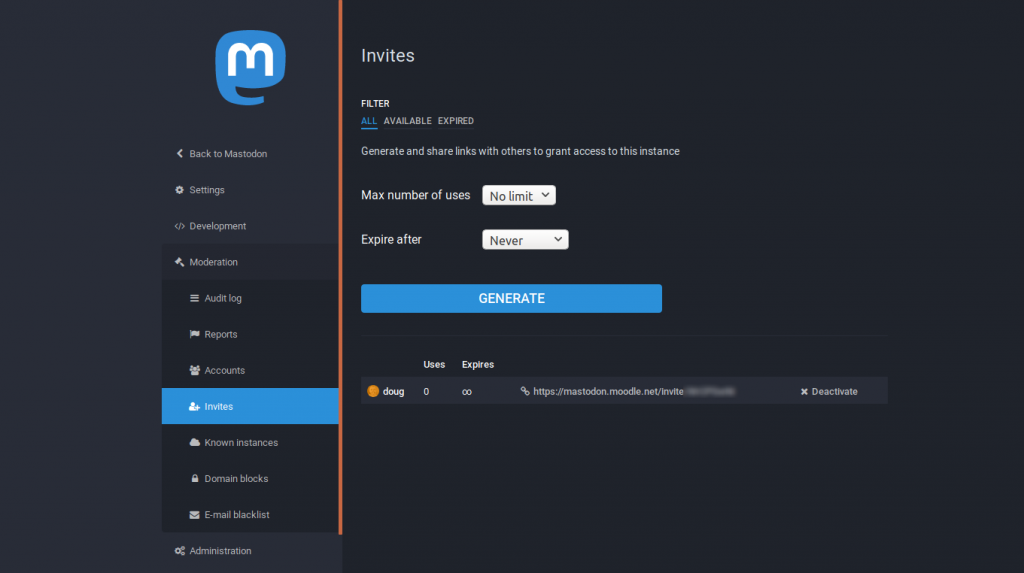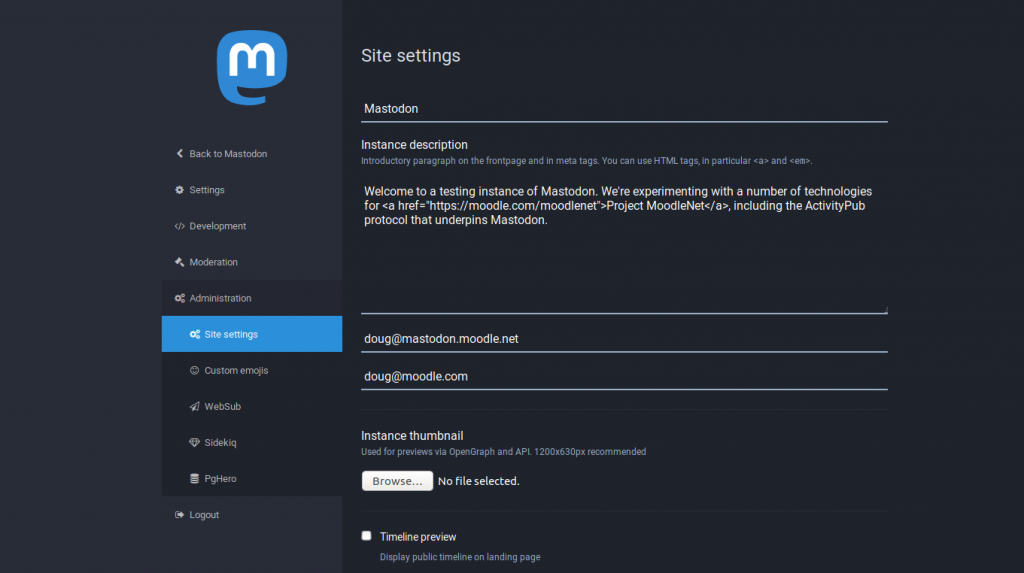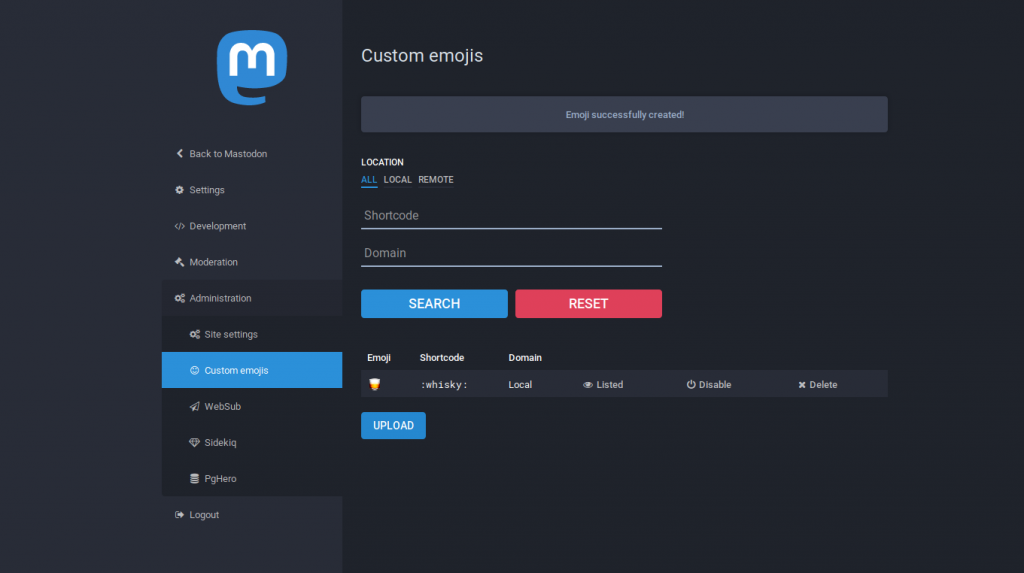The future of collaboration is federated

These days, people collaborate and work together from all over the world. As a supporter of open technology, I am interested in approaches that help individuals and teams collaborate better, no matter where they are. Ideally, these approaches use open standards. That’s why I’m interested in a decentralised approach to task management.
Imagine a tech conference being organised by three different organisations, each with their own task management system. This could lead to confusion, missed opportunities, and duplication of effort. But with federated task management, teams can connect to one another through ActivityPub, a decentralised protocol, making it easy to work together on tasks, share updates, and exchange ideas.
Here’s how it could work:
- The organising committee sets up a shared project within a system which is compatible with ActivityPub.
- The project is divided into sub-projects for various aspects of the conference, such as venue logistics, marketing, speaker coordination, and sponsor outreach.
- Each organisation can create and assign tasks to their team members, but also collaborate and share tasks with members from other organisations as needed.
- As tasks are completed or updated, the status changes are shared across the federated network, keeping everyone informed in real-time.
- The system sends notifications and reminders to assigned team members, ensuring that everyone stays on track and deadlines are met.
- Participants can communicate and share resources, such as documents, images, or links, using the built-in collaboration features of the system.
This approach is an improvement because it allows users to control their own data while still letting them collaborate with others. It makes working together much simpler, and it helps people focus on their tasks. This tool can be helpful for many industries, like education and advocacy groups. It shows how decentralised technology can help people work together better, without the limits of traditional systems.
This post is prompted by a conversation I had with Tibor Katelbach from Communecter who has started exploring this area. There’s some prior art from the Bonfire team with the Coordination extension, which was first discussed on their blog in 2021.
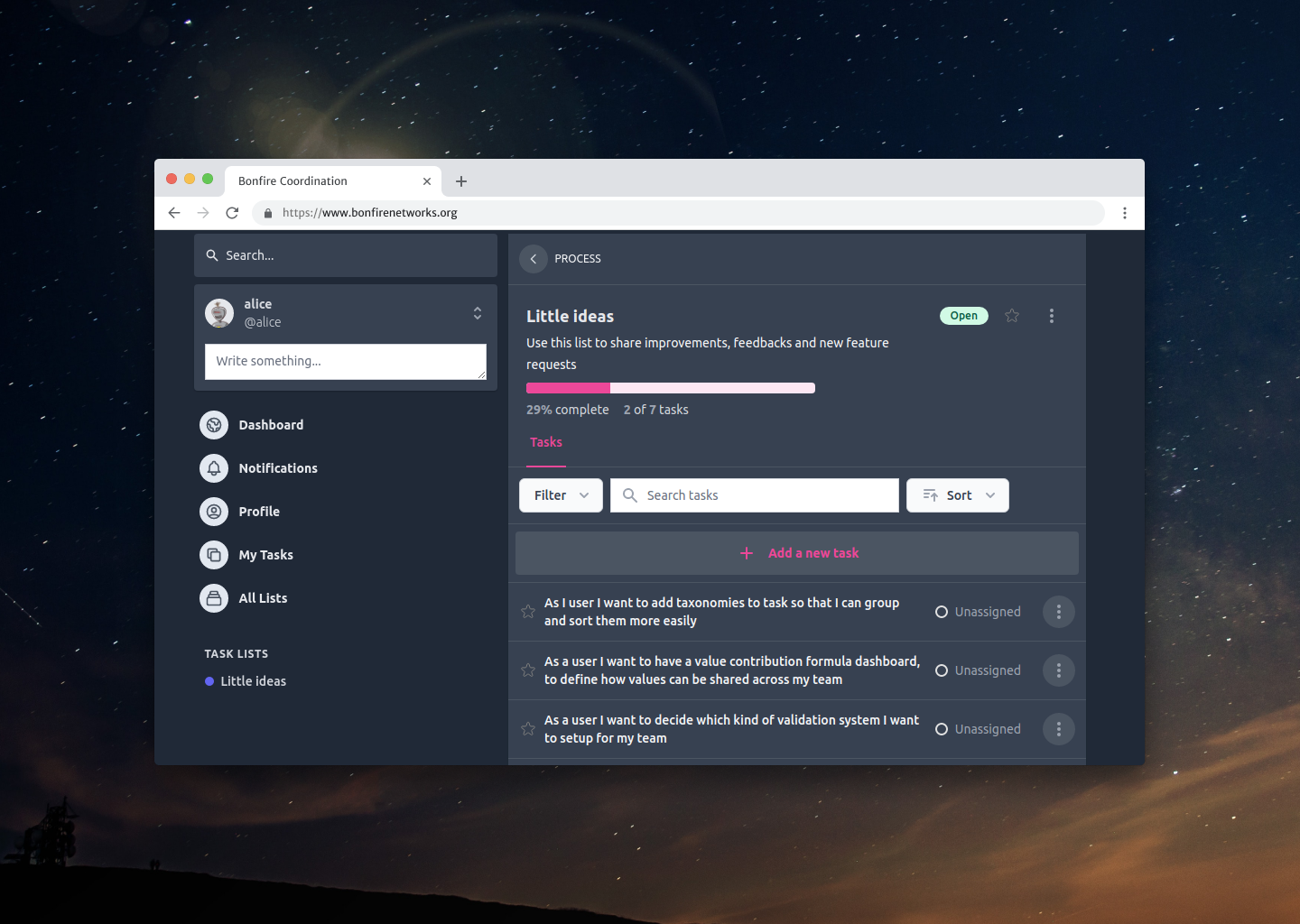
When I started moving away from Twitter towards the Fediverse around six years ago, people told me that social networks such as Mastodon would “never take off”. Yet here we are. I hope we end up with the same situation with federated task management.
Image: Visual Thinkery for WAO








